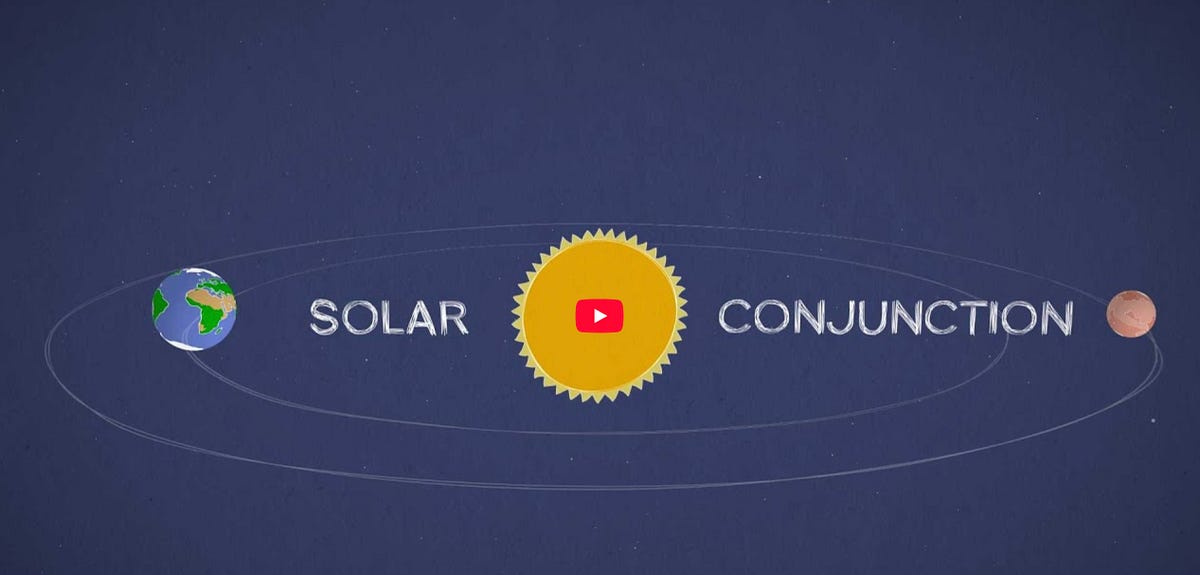A giant solar tornado and a massive plasma eruption were just raging on the surface of the sun at the same time — and a researcher has captured both in one spectacular image.
Although the solar events are unrelated, both are the result of disturbances in the sun’s invisible magnetic field, with some plasma forced into a tornado shape and some plasma released in a towering eruption known as an eruptive prominence.
Maximilian Teodorescu, a researcher at the Institute of Space Science in Romania, captured both events happening simultaneously Wednesday (Aug. 20). He told Live Science that a large solar tornado is pretty rare and he’s never seen one at the same time as an eruptive prominence.
Spaceweather.com reported that astronomers around the world have been monitoring the tornado on the sun’s surface this week, with the earliest images emerging Sunday (Aug. 17). Solar tornadoes look like tornadoes on Earth, but the two phenomena have little in common otherwise, particularly when it comes to size.
“[The solar tornado is] about 130,000 kilometers [80,000 miles] high,” Teodorescu said. “Basically a tenth of the diameter of the sun.”
To put that into perspective, Earth is around 7,926 miles (12,756 km) wide, so this tornado is a little taller than 10 Earths stacked on top of each other. Solar tornadoes are typically around 15,500 to 62,000 miles (25,000 to 100,000 km) tall, so this one is a whopper.
Teodorescu estimated that the eruptive prominence was around 124,000 miles (200,000 km) wide. That’s roughly similar in size to a giant solar prominence observed in July, which was estimated at more than 100,000 miles (165,000 km) across and nicknamed “The Beast.”
Related: Astrophotographer snaps ‘once-in-a-lifetime’ shot of solar flare photobombing the ISS
Teodorescu first saw the solar tornado on the Global Oscillation Network Group (GONG) website Monday (Aug. 18). GONG, which is operated by the National Solar Observatory, has six identical solar telescopes that monitor the sun in almost real time from different countries around the world, allowing amateurs and professionals to stay updated on solar activity.
Teodorescu’s wife and fellow Institute of Space Science researcher Eliza Teodorescu helped him align a telescope’s field of view with the tornado so he could capture images of the event. The eruptive prominence then emerged, allowing him to snap both at the same time.
Earth’s tornadoes are whipped up by intense winds and move around, while solar tornadoes are made of ionized gas (plasma) that’s rooted in place. They are formally called tornado prominences, with regular prominences also held in place by magnetic fields.
Prominences are attached to the visible surface of the sun, or photosphere, and extend into the star’s outer atmosphere, or corona, according to NASA. An eruptive prominence occurs when the magnetic field holding the plasma becomes unstable and bursts outward. (Lucky skywatchers got a chance to see prominences erupting in real time during the April 8 total solar eclipse last year.)
In many cases, the plasma released in a prominence then flies into space as a coronal mass ejection (CME). This type of solar storm can collide with Earth’s magnetic field and create auroras, as well as disrupt our satellites and communication systems.
Maximilian Teodorescu noted that the eruptive prominence he photographed released a CME. But it isn’t heading for us, so it won’t result in any disruptions or northern lights displays, he said. Earth is, however, currently being buffeted by solar winds because of other solar activity, so auroras could be visible at high latitudes tonight, Live Science’s sister site Space.com reported.
The sun is currently in the most active phase of its roughly 11-year solar cycle — known as solar maximum — when the star’s magnetic field weakens and flips. Maximilian Teodorescu noted that there’s a lot of solar activity to see even with a small telescope — provided it is safely equipped with a solar filter.
“It’s the most dynamic thing you can actually see as both [an] amateur and a professional in the sky,” he said.
Source link

